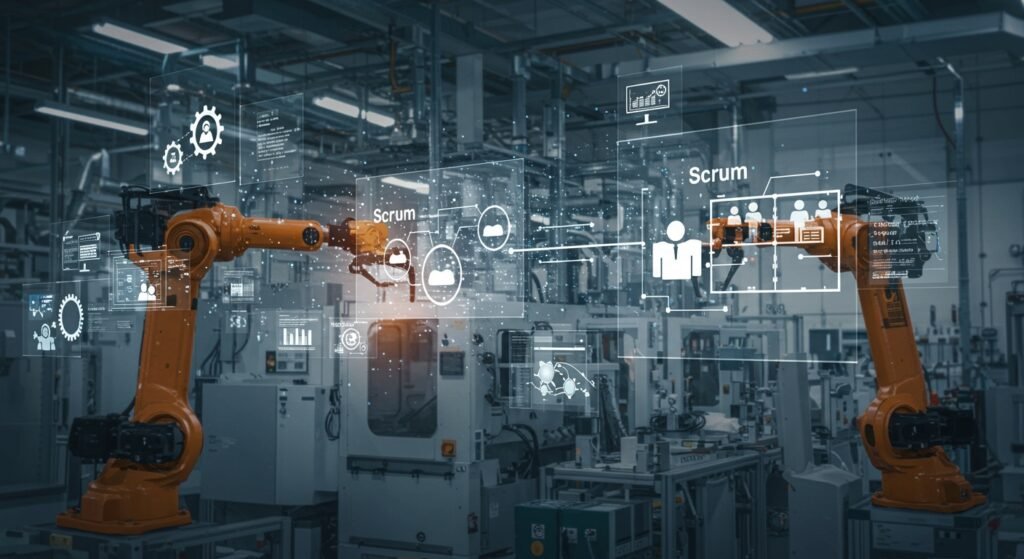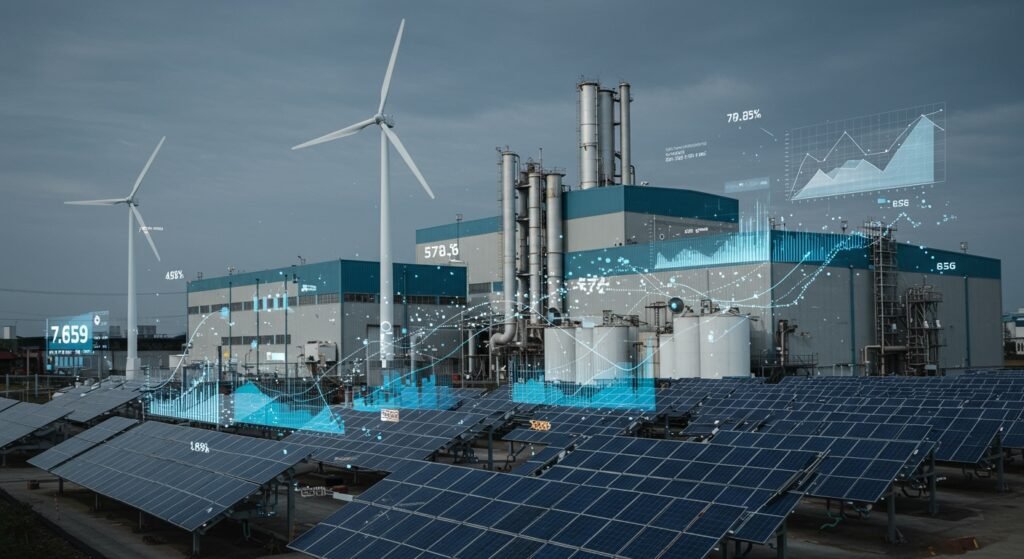Addressing the Skills Gap: Workforce Training in Modern Industrial Management
The modern industrial landscape is evolving at an unprecedented pace, driven by technological advancements, automation, and global competition. This rapid transformation has created a significant challenge for businesses worldwide: the skills gap industry. This gap refers to the disparity between the skills employers need to stay competitive and the skills available in the current workforce. Failing to address this can lead to decreased productivity, innovation stagnation, and a loss of market share. Effective workforce training is no longer a luxury but a critical strategic imperative for organizations aiming to thrive in this new era.
Table of Contents
- Understanding the Skills Gap Industry Landscape
- Strategic Approaches to Workforce Training
- Key Areas for Skill Development
- Measuring Success and Continuous Improvement
- Conclusion
Understanding the Skills Gap Industry Landscape
The industrial sector, historically a bedrock of economic growth, is currently navigating profound shifts. The advent of Industry 4.0, characterized by interconnectivity, automation, machine learning, and real-time data, demands a fundamentally different set of competencies from its workforce. Traditional manufacturing roles are being augmented or replaced by positions requiring digital literacy, data analysis capabilities, and advanced problem-solving skills.
The Evolving Demands of Modern Industry
Modern industrial management now requires a blend of technical expertise and soft skills. Employees must be adept at interacting with smart technologies, understanding complex data analytics, and adapting to agile production environments. Furthermore, leadership roles increasingly demand strategic foresight, change management capabilities, and the ability to foster a culture of continuous learning.
Consequences of an Unaddressed Skills Gap
Ignoring the skills gap can have severe repercussions. Companies may struggle with operational inefficiencies, increased error rates, and difficulty implementing new technologies effectively. Beyond productivity, a persistent skills deficit can also harm employee morale, hinder innovation, and make it challenging to attract top talent. Ultimately, it jeopardizes the long-term sustainability and competitiveness of industrial enterprises.
Strategic Approaches to Workforce Training
Proactive and comprehensive workforce training programs are essential to bridge the industrial skills gap. Organizations must adopt multifaceted strategies that cater to diverse learning needs and evolving technological landscapes.
Internal Training and Upskilling Programs
Developing robust internal training initiatives is often the most direct way to address immediate skill deficits. This includes creating mentorship programs, offering in-house workshops, and providing access to online learning platforms tailored to specific industrial needs. Upskilling existing employees not only fills critical gaps but also boosts employee loyalty and engagement. For instance, training seasoned technicians in predictive maintenance analytics can significantly reduce downtime and improve efficiency.
Partnering with Educational Institutions
Collaborating with universities, technical colleges, and vocational schools can provide access to specialized curricula and emerging talent. Joint ventures can lead to customized training modules, internships, and apprenticeship programs that align with industry-specific requirements. This ensures a pipeline of qualified individuals ready to tackle modern industrial challenges.
Leveraging Technology for Learning
Modern learning technologies offer flexible and scalable solutions for workforce training. Virtual reality (VR) and augmented reality (AR) can simulate complex industrial environments for hands-on training without risk. E-learning modules and gamification can make learning more engaging and accessible, allowing employees to acquire new skills at their own pace and convenience. This approach is particularly effective for large, distributed workforces.
Key Areas for Skill Development
To effectively address the skills gap industry, organizations must prioritize development in several critical areas.
Here’s a look at essential skills for modern industrial management:
| Skill Category | Specific Skills | Importance in Modern Industry |
|---|---|---|
| Digital Literacy & Data Analytics | IoT integration, Big Data interpretation, AI/ML basics, Cybersecurity awareness | Crucial for smart factory operations and informed decision-making. |
| Advanced Manufacturing & Automation | Robotics operation, Additive manufacturing (3D printing), CNC programming, Lean manufacturing principles | Enhances production efficiency, precision, and flexibility. |
| Problem-Solving & Critical Thinking | Root cause analysis, Systems thinking, Creative solutions, Decision-making under pressure | Essential for troubleshooting complex systems and continuous improvement. |
| Communication & Collaboration | Cross-functional teamwork, Active listening, Presentation skills, Conflict resolution | Facilitates effective project management and team synergy. |
| Leadership & Change Management | Strategic planning, Employee empowerment, Adaptability, Mentorship, Vision casting | Drives innovation, resilience, and successful implementation of new initiatives. |
Investing in these areas not only future-proofs the workforce but also fosters a culture of innovation and adaptability. For more insights on how technology is reshaping industrial roles, explore our article on the future of industrial automation.
Measuring Success and Continuous Improvement
Effective workforce training isn’t a one-time event; it’s an ongoing process. Organizations must implement robust evaluation frameworks to measure the impact of their training programs. This includes tracking key performance indicators (KPIs) such as productivity improvements, reduction in errors, employee retention rates, and the successful adoption of new technologies. Regular feedback loops, post-training assessments, and ongoing performance reviews are vital for identifying areas for improvement and ensuring that training initiatives remain aligned with strategic business objectives. Staying updated with industry benchmarks and reports, such as those published by The Manufacturing Institute, can provide valuable external perspectives.
Conclusion
The skills gap industry presents both a challenge and an immense opportunity for industrial organizations. By strategically investing in comprehensive workforce training and development, companies can not only bridge existing skill deficits but also cultivate a resilient, adaptable, and highly capable workforce ready for the demands of modern industrial management. Embracing continuous learning and leveraging innovative training methodologies will be key to unlocking sustainable growth and competitive advantage in the years to come.


